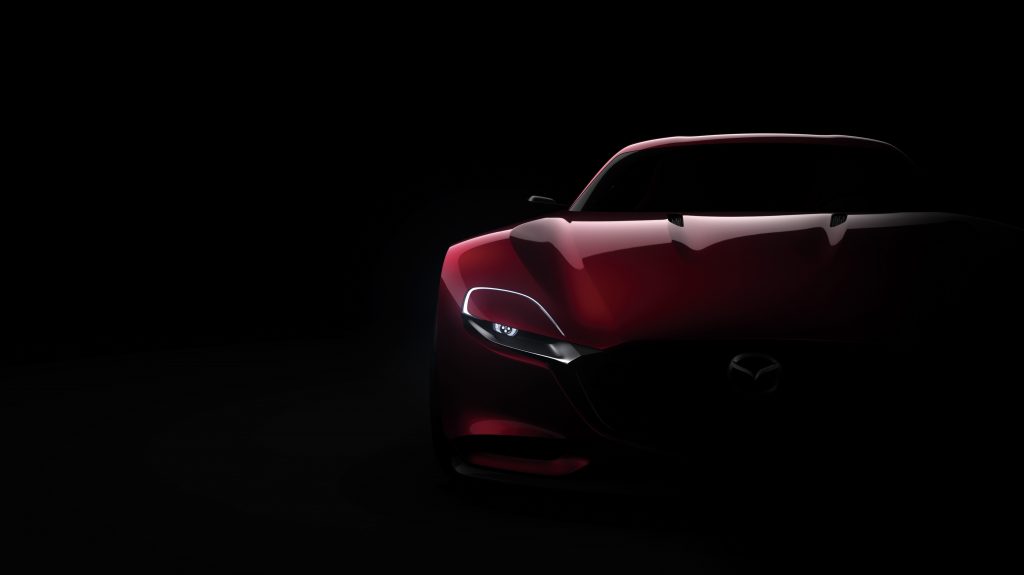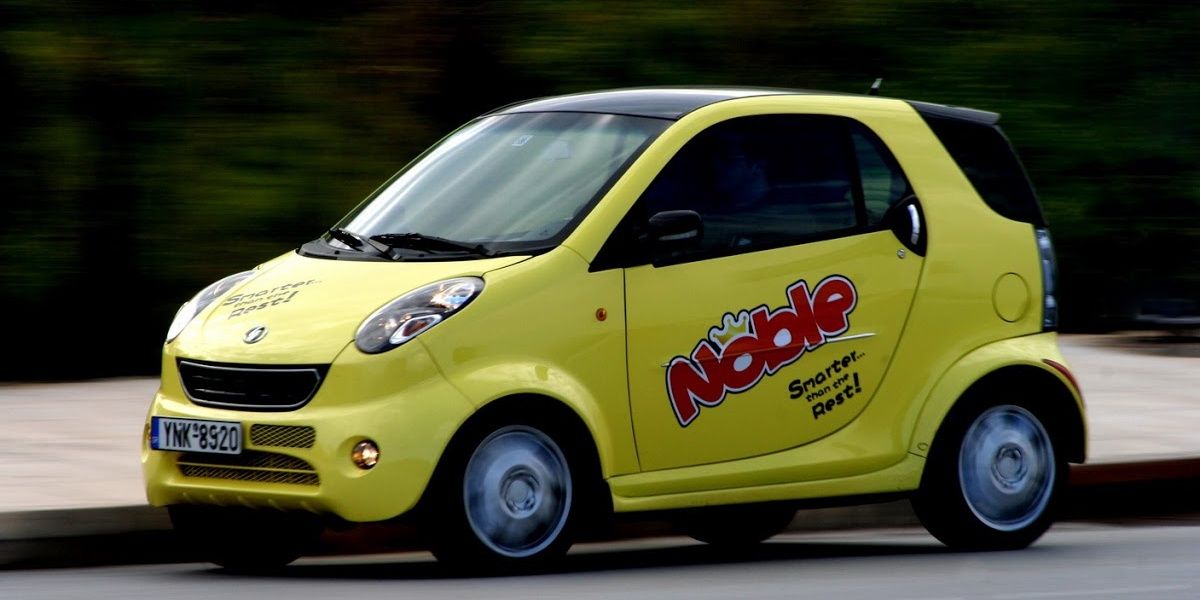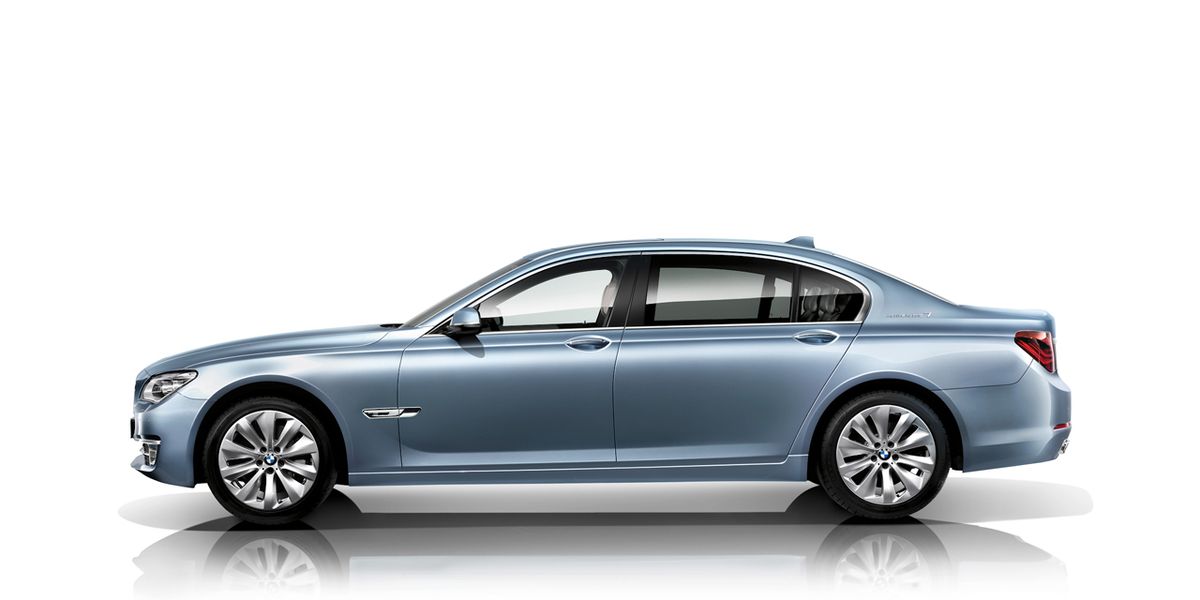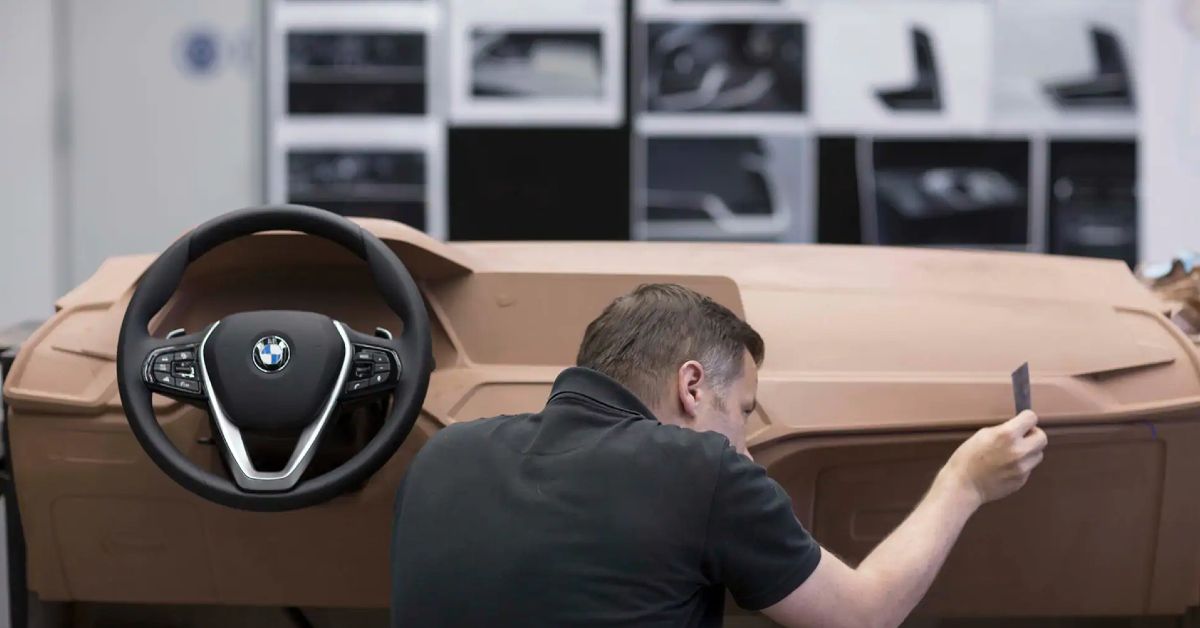You are using an out of date browser. It may not display this or other websites correctly.
You should upgrade or use an alternative browser.
You should upgrade or use an alternative browser.
2017~2024 Saw a new Ford Escape hybrid today
- Thread starter wlong01
- Start date
They are cousins.It looked eerily similar to a CX-5.
So much that I thought it was a CX-5 since it was the exact same color as my 16 Touring.
I guess imitation is the sincerest form of flattery!
Ford probably had the design specs for the CX-5 when they were partners.They are cousins.
1
181962
CX-5 and the current generation Escape introduced in 2020 have a noticeable sheet metal resemblance but they are are not cousins in any meaningful way. There was no co-development beyond the 2011 Minagi concept (pictured in the link below) and possibly not even then.

The only plausible familial relationship would be Ford dragging out whatever materials they may have had from the original concept in developing the 4th. generation Escape a good 10 years after the fact and 7 years after the release of the original CX-5. Even that may not even be the case.
The world of design, in cars and anything else, is riddled with copycats. In fact, if Ford's intent was to mimic Mazda design language they would have been better served to just buy a production CX-5 for study rather than go off old concept designs which in the details may not be practical.
Chinese manufacturers copy popular model styles while what's under the skin is quite different. For example, I don't think we would call these models in any way cousins of the ones being copied:

 www.hotcars.com
www.hotcars.com

The Evolution of KODO Design Through Concept Cars | Inside Mazda
These concepts give a glimpse on the future design of Mazda vehicles. Explore the evolution of Mazda’s KODO Design through Mazda design concept vehicles.
insidemazda.mazdausa.com
The only plausible familial relationship would be Ford dragging out whatever materials they may have had from the original concept in developing the 4th. generation Escape a good 10 years after the fact and 7 years after the release of the original CX-5. Even that may not even be the case.
The world of design, in cars and anything else, is riddled with copycats. In fact, if Ford's intent was to mimic Mazda design language they would have been better served to just buy a production CX-5 for study rather than go off old concept designs which in the details may not be practical.
Chinese manufacturers copy popular model styles while what's under the skin is quite different. For example, I don't think we would call these models in any way cousins of the ones being copied:

22 Chinese Copycat Cars We Wouldn't Touch With A Ten-Foot Pole
From sports cars to SUVs, there's a weird Chinese copycat for almost every popular model out there.
Hyundai does the same thing. Most of their models are ripoffs of Honda models.CX-5 and the current generation Escape introduced in 2020 have a noticeable sheet metal resemblance but they are are not cousins in any meaningful way. There was no co-development beyond the 2011 Minagi concept (pictured in the link below) and possibly not even then.

The Evolution of KODO Design Through Concept Cars | Inside Mazda
These concepts give a glimpse on the future design of Mazda vehicles. Explore the evolution of Mazda’s KODO Design through Mazda design concept vehicles.insidemazda.mazdausa.com
The only plausible familial relationship would be Ford dragging out whatever materials they may have had from the original concept in developing the 4th. generation Escape a good 10 years after the fact and 7 years after the release of the original CX-5. Even that may not even be the case.
The world of design, in cars and anything else, is riddled with copycats. In fact, if Ford's intent was to mimic Mazda design language they would have been better served to just buy a production CX-5 for study rather than go off old concept designs which in the details may not be practical.
Chinese manufacturers copy popular model styles while what's under the skin is quite different. For example, I don't think we would call these models in any way cousins of the ones being copied:

22 Chinese Copycat Cars We Wouldn't Touch With A Ten-Foot Pole
From sports cars to SUVs, there's a weird Chinese copycat for almost every popular model out there.www.hotcars.com
1
181962
I haven't studied those similarities but copying is all over the place. Mass market retailers copy expensive designer fashions. Or wind back the clock to when Microsoft introduced Windows which was a copy of Apple's graphical user interface which Apple in turn had "stolen" from Xerox PARC along with the mouse.Hyundai does the same thing. Most of their models are ripoffs of Honda models.
There isn't much in this world that is truly novel that works and gains popular traction. When one pops up it is copied mercilessly, and I'm not talking about counterfeits. Patents only go so far, and when it comes to "look and feel" Apple found out there isn't much protection.
Copying exists but is less common than you think. First, there is only so much you can do differently. Even the Lexuses (lexii?) styling can be seen in other cars. Second - new models can take up to 3 years to come to market, by then the car you're copying has changed.
Did Alfa copy the CX-5? Doubt it, but look at the shape of the C (or if you want to call it the D) pillar, as well as the tail lights.


Did Alfa copy the CX-5? Doubt it, but look at the shape of the C (or if you want to call it the D) pillar, as well as the tail lights.
Last edited:
- :
- Pueblo county CO
- :
- CX-5 Sport 16.5 6M
A few years back I was at a big AutoShow and there was a display with two new cars that had been completely debadged and all brand name stuff removed. There was a big sign challenging anyone to guess the car's identities...I sure couldn't. Just a generic small sedan and crossover.
The companies all need to comply with the same safety regulations which often results in their designs looking similar. There are only so many ways you can design a vehicle to hit a pedestrian and not kill them, and of those workable designs only so many are pleasing to look at so many different vehicles end up with similar looks.
1
181962
Yup, all vehicles look alike. Ford offers two compact SUVs--the aforementioned Escape and the Bronco. Who could ever tell the difference?

1
181962
After a bit of research I find there are no standards anywhere in the world that require modifications to protect pedestrians. To date, it is all about protecting occupants.There are only so many ways you can design a vehicle to hit a pedestrian and not kill them....
Europe is requiring automatic braking systems starting in July of this year. It is not clear to me whether this even requires pedestrian detection. I saw a vague reference Europe "enhanced" pedestrian protections that may affect the physical design coming to Europe in the 2024 - 2026 time frame but what that entails is not entirely clear.
To the general point, given how many different body styles that can be found in the market that are subject to NHTSA crash testing, the crash protections under the skin do not appear to be an inhibition to distinct variations.
I do not know the specifcs of what the requirements are for each region, but there are plenty of articles online from variety of sources discussing the matter.
Heres the first few that came up in google ranging from 2009 to 2020


 www.caranddriver.com
www.caranddriver.com

 www.google.com
www.google.com
Heres the first few that came up in google ranging from 2009 to 2020

Improving Pedestrian Safety Through Vehicle Design -- Edmunds.com
Car safety isn't just about protecting vehicle occupants. Automakers are now changing their Vehicle Designs to improve Pedestrian Protection and reduce injury in Pedestrian Accidents.
www.edmunds.com

Taking the Hit: How Pedestrian-Protection Regs Make Cars Fatter
Higher hoods and taller noses are just the start.

Why Pedestrian Safety Is Ruining Car Design
In recent years, car designs have seen a proliferation of blunt front ends, high hoods, and the “reverse teardrop” shape on many three-box vehicles.
1
181962
That's interesting. I was not aware of the requirement that 0.8" in space be left between the underside of the hood and the top of the engine presumably to offer some hood crumple when hitting a pedestrian. However, that's the only specific requirement I see in those links. I would think most vehicles had met that requirement anyway. As for the rest, raising the cowl has not deterred designers.I do not know the specifcs of what the requirements are for each region, but there are plenty of articles online from variety of sources discussing the matter.
Heres the first few that came up in google ranging from 2009 to 2020

Improving Pedestrian Safety Through Vehicle Design -- Edmunds.com
Car safety isn't just about protecting vehicle occupants. Automakers are now changing their Vehicle Designs to improve Pedestrian Protection and reduce injury in Pedestrian Accidents.www.edmunds.com

Taking the Hit: How Pedestrian-Protection Regs Make Cars Fatter
Higher hoods and taller noses are just the start.www.caranddriver.com

Why Pedestrian Safety Is Ruining Car Design
In recent years, car designs have seen a proliferation of blunt front ends, high hoods, and the “reverse teardrop” shape on many three-box vehicles.www.google.com
Car & Driver implied that the 0.8" requirement results in higher a cowl, and thus higher seats and thus higher beltlines resulting in a bubble-headed appearance. Well, many models have had their belt lines raised more than necessary, slating upward from front to rear into a small rear window. That's a design choice, perhaps making new look lemonade out of a little lemon, facilitated by driver assistant tech to compensate for the resulting poor rear visibility.
C&R's bubble-head assessment 10 years ago doesn't seem to have panned out or at least is not considered a negative. Tastes adapt to new styles. And it sure doesn't stop C&R from differentiating attractive bubble headed sheet metal in today's vehicles from the "controversial".
And still, 2-box designs never went away with that requirement and you get variations in between the boxes, bubble-heads and wedges.
The rest is voluntary it would appear, each automaker doing their own testing with no established benchmarks other than their own. Of course their biggest fear is the NHTSA starting to dig deep in the data, doing extensive crash testing on pedestrian dummies, and rating cars on pedestrian friendliness and implementing more regs. So good faith token efforts are in order, some of which were noted in one of those posts--flush door handles, spring loaded side mirrors, whatnot.
In the end, you have a choice between a Ford Escape and Ford Bronco in the same size class, quite different looking vehicles, conforming to expectations of what road vs. off-road vehicles should look like.
Or check out Kia's line-up of Soul, Seltos, Sportage and Niro, all jammed together in a narrow sub-compact / compact group. They look quite different, do they not? And yet none of them are high volume sellers.
Compare to back in the day when sedans were king. If you wanted a compact or mid-size Toyota you had a choice between a Corolla or a Camry which looked alike except one was a little bigger and they didn't look much different from Civic or Accord. And that was when Toyota was selling something like 900,000 of those models per year. Those models are still being made and now there is the additional lineup of SUVs to choose from.
For whatever safety requirements, pedestrian or otherwise, that have been implemented in the interim, there's a whole lot more variety in shapes, sizes and styling across all brands now than ever if one cares to look.
Last edited by a moderator:
Similar threads
- Replies
- 40
- Views
- 7K
